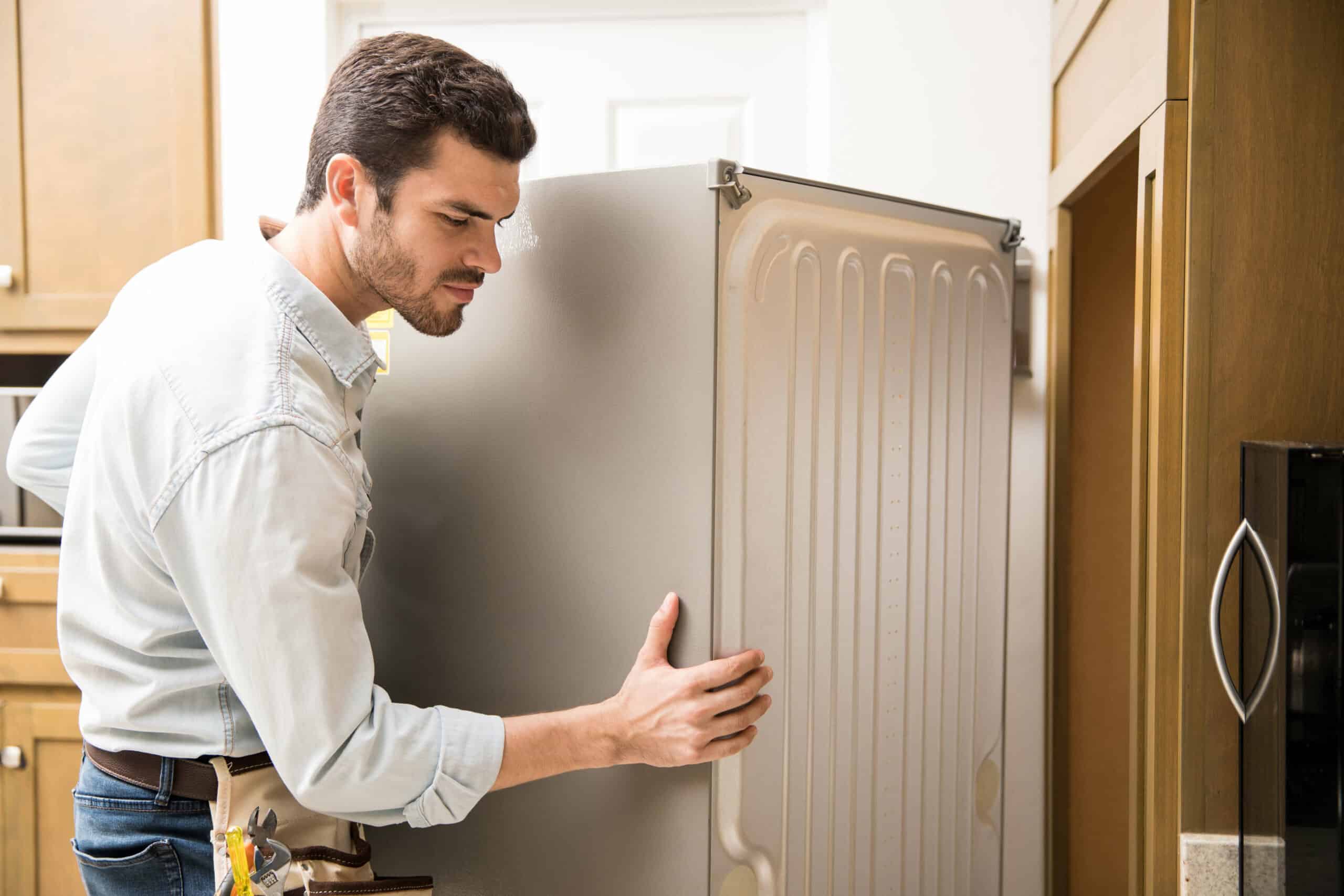Hazardous waste
lectronic products (e.g. household appliances, entertainment electronics, and telephones) are made up of many different material components.
In normal use, i.e. when used in accordance with the instructions for use, our equipment does not pose a risk to our health. A problem may occur if certain substances in the appliances that are hazardous to human health under certain conditions are released from the appliances and ingested into the human body from our environment.
This can occur in three main cases:
- during use: if the appliance is not used in accordance with the use instructions (e.g. if it is exposed to excessive heat or is disassembled even if the use instructions tell us not to do so);
- during servicing: if the appliance is not serviced professionally; and
- during waste treatment: if waste is released into the environment or if inappropriate procedures are used to manage waste.
It is also important to know that these hazardous substances are used by manufacturers not without reason:
- for certain components (e.g. batteries), they prove to be the best solution (or have proved to be the best solution in the past, based on technological progress), or
- for achieving certain solutions or results (e.g. flame retardancy), they prove to be the best solution (or have proved to be the best solution in the past, based on technological progress).
As a result of scientific progress over the past decades, several ingredients have been proven to be potentially harmful when ingested into the human body. (For example, we can remember the case of leaded petrol.)
That is why legislators are constantly trying to impose legislation on manufacturers to ensure that these ingredients are not used in their products, or only in very limited quantities (just as leaded petrol has been prohibited).
However, this is subject to a technological condition: is there, according to the current state of science and technology, an alternative ingredient to the previously used ingredient that has been proven to be hazardous, which can adequately replace the hazardous ingredient? Would it not be a good solution to remove a flame retardant classified as hazardous from the equipment, but in doing so, we end up with an appliance that already carries the risk of ignition during use? A good substitute component that guarantees proper performance of tasks and safety (and that can be achieved without significant cost increase) is therefore a technical constraint that must be absolutely taken into account.
What does the CE marking mean?
Each and every day we can see the CE marking on countless products, including all electrical appliances. But what do these two letters stand for, and why do we need it?
The CE marking (Conformité Européenne, meaning European Conformity) indicates – primarily to product control authorities, but also to customers – that a given product complies with the requirements set out in EU legislation on products in the EU. The manufacturer is obliged to affix the marking to the product before it is placed on the market, after having verified, through the required compliance procedures, that the product does indeed comply with the specifications: in summary, that it is safe, fit for the functions for which it was designed and has no harmful effects on the environment. Thereafter, the CE marking proves conformity on the EU market, in all Member States equally until proven otherwise. Thus, marking also serves the free movement of products: Member States do not need to – and cannot – apply any specific regulation.
The examination of the conformity of electrical appliances used in our homes (e.g. household appliances, consumer electronics and computer equipment) is carried out by the consumer protection authorities in our country. Failure to comply with a regulation that is applicable to an appliance may result in the product being withdrawn from the market. If a product is unsafe, for example, the authority will immediately prohibit its marketing. Hazardous products are made public by the authority.
Since the beginning of 2013, in the case of electronic products, the CE marking also indicates that the product also complies with the EU’s RoHS legislation on the restriction of hazardous substances.
This page corresponds to the fulfilment of the obligation to provide information provided for in subparagraphs a) – c) of Article 7 of Government Decree No. 197/2014 (VIII.1.) on waste management activities related to electrical and electronic equipment.








